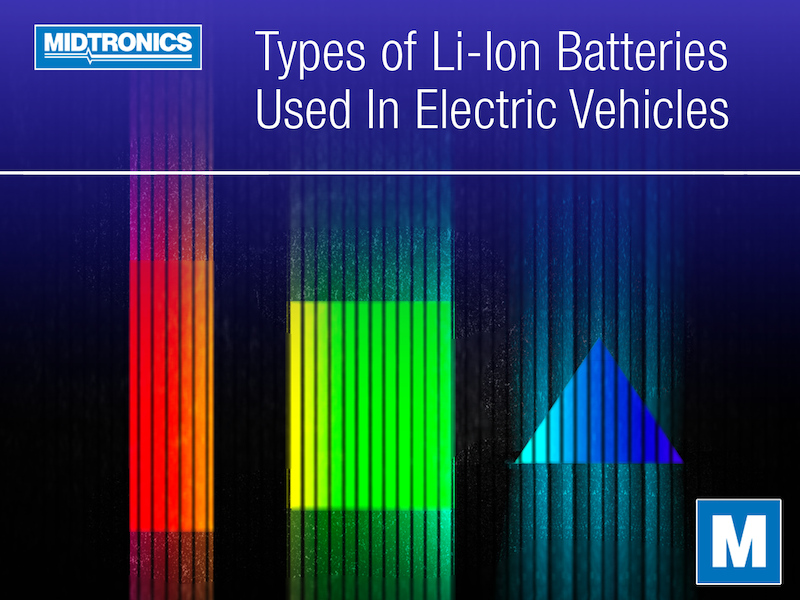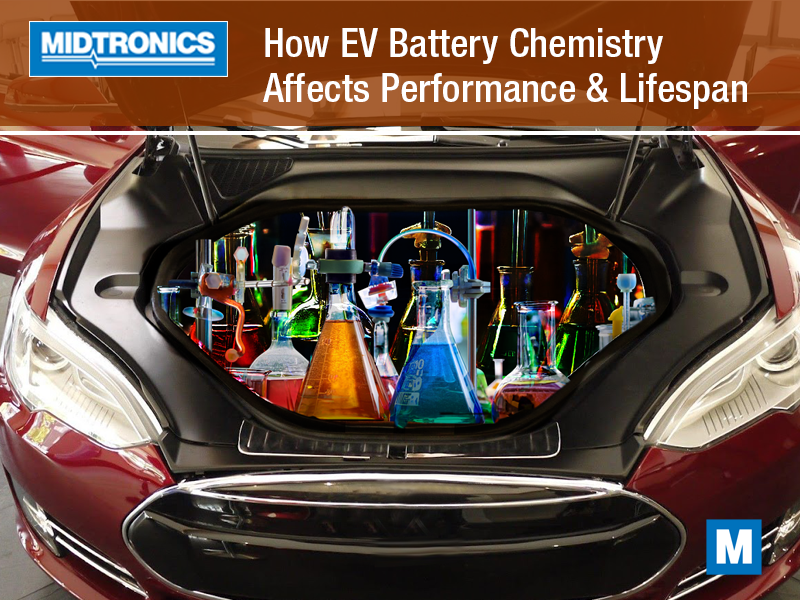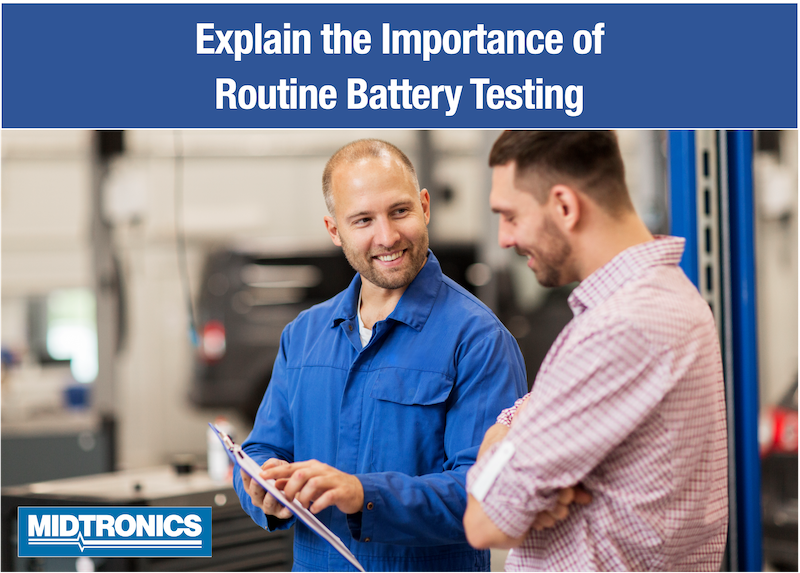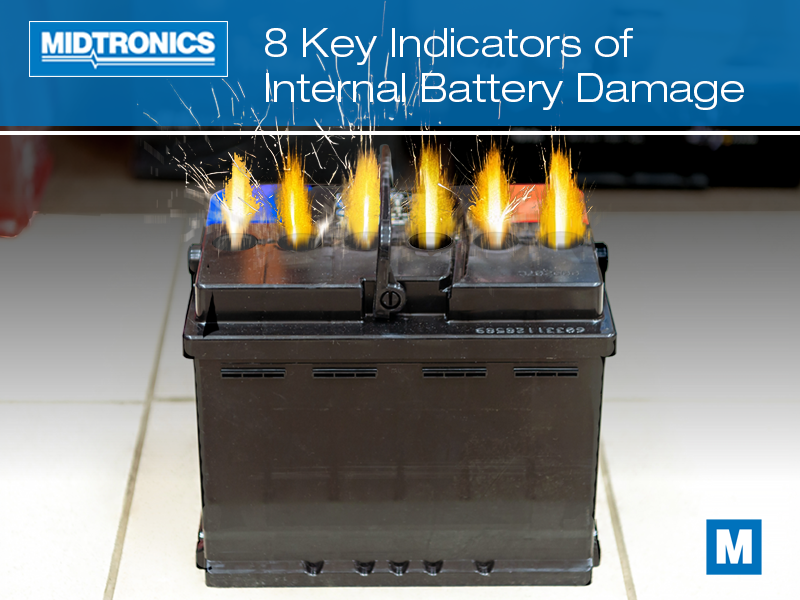If you’re looking to buy or service an electric vehicle, you may have encountered some unfamiliar terms. One of these is likely the different types of Li-ion batteries used in modern EV applications. This may be pretty confusing at first glance – how do they differ from one another? Is one type better than the other when it comes to powering an EV?
We’ll answer all these questions and more as we explore the various Li-ion battery technologies used by manufacturers today. We’ll explain what each offers and discuss advantages and drawbacks associated with each model, so that you can make informed decisions about which option is best for your particular needs.
What’s Special About Lithium-Ion Batteries?
Lithium-ion batteries are one of the most popular types of batteries used in EV battery pack designs today. This is likely due to their immense capabilities for high energy density and lightweight. Originally developed in the 1970s, lithium-ion cells are primarily composed of graphite, manganese oxide, cobalt oxide, and other metals like iron phosphate.
Additionally, these batteries have a high cycle life expectancy, meaning they can be recharged hundreds or thousands of times without degrading significantly. For example, one common EV model has a range of 310 miles with a battery life expectancy somewhere in the neighborhood of 500 to 800 recharge cycles before really beginning to degrade.
With these attributes combined, lithium-ion batteries offer drivers an undeniable value for electric vehicles – only further underscoring their continued relevance across the automotive industry.
Different Types of Cell Architectures Used in EVs
With the increase in the popularity of electric vehicles, it is important to understand the different types of cell architectures used in them. From lithium-ion cells and cylindrical cells to pouch designs and larger prismatic modules, there are various kinds of cells that make up an EV’s battery pack – each offering performance benefits and drawbacks for a range of applications.
Moreover, with the rapidly developing technology, batteries can potentially become even more efficient in the future. Understanding these cell architectures can help guide decisions when choosing the right electric vehicle according to factors such as cost, range, scalability, and efficiency.
Cylindrical Cells
Cylindrical cells are the most common type of battery used in electric vehicles. They are made up of a metal container with two electrodes (cathode and anode) that contain lithium-ion electrolytes. The size of these cells can be customized to suit the specific needs of the application, making them highly versatile and ideal for EV applications.
Pros and Cons of Cylindrical Cells
Pros:
- Versatile – Can be made in various sizes to suit specific needs.
- High energy density – These cells are designed for high energy efficiency, which translates into longer range per charge.
- Cost effective – Cylindrical cells can offer significant savings when compared to other designs.
Cons:
- Limited scalability – Cylindrical cells may not be ideal for very large applications.
- Low temperature performance – These batteries tend to perform poorly in cold temperatures and may require additional insulation for use in such conditions.
- Reduced safety features – While cylindrical cells are generally safe, their design does not offer the same level of safety features as some other designs.
- Less efficient use of space – Cylindrical shape of cells creates gaps when packing multiple sells next to each other which can reduce the energy density of the battery pack.
Pouch Cells
Pouch cells are an increasingly popular choice for electric vehicles due to their lightweight and flexible design. They consist of two electrodes with a soft pouch between them, filled with electrolyte and sealed with a laminate film. This allows the cell to be shaped as needed – making them ideal for applications where space is limited – such as in EVs.
Pros and Cons of Pouch Cells
Pros:
- Lightweight – Pouch cells are much lighter than other cell designs, which makes them ideal for EVs.
- Flexible design – These cells can be bent or shaped as needed to fit into tight spaces.
- High energy density – Pouch cells have a high energy density due to their thin profile and flexible design.
Cons:
- More expensive – Pouch cells tend to be more expensive than other designs.
- Limited scalability – Pouch cells may not be ideal for very large applications due to their limited size.
Prismatic Cells
Prismatic cells are larger and more powerful than cylindrical or pouch cells, making them a great choice for large-scale EV battery packs. These cells are made up of an electrode stack that is sealed in an aluminum casing, filled with lithium-ion electrolytes, and then folded into the desired shape. This allows the cell to be customized for any type of space constraint, making them a great option for larger battery packs.
Pros and Cons of Prismatic Cells
Pros:
- High energy density – These cells offer a higher energy density than other designs.
- Versatile – The design of prismatic cells allows for customizing the size and shape to suit specific needs.
- Scalable – These cells can be scaled up to meet the demands of large electric vehicles.
Cons:
- More expensive – Prismatic cells tend to be more expensive than other designs.
- Reduced flexibility – The design of prismatic cells makes them less flexible than cylindrical and pouch cells.
Do You Have a Choice of Li-Ion Battery Architecture in EVs?
While it helps to understand the different architectures used in EV batteries today, it doesn’t affect your selection once you’ve honed in on a specific vehicle. Manufacturers choose the type of battery architecture in the engineering stage, and it’s often determined according to the vehicle’s purpose.
Safety is paramount for carmakers, so any of these designs are thoroughly tested before being deployed in a new model. Still, there can be instances where failures can occur due to manufacturing, and we’ve seen recalls for battery packs that might’ve been avoided if a different architecture was used.
Being more familiar with the different battery designs among EVs can help you understand how they operate a little better, and it’s crucial for technicians in understanding how to service, repair, and replace these powerful batteries.




